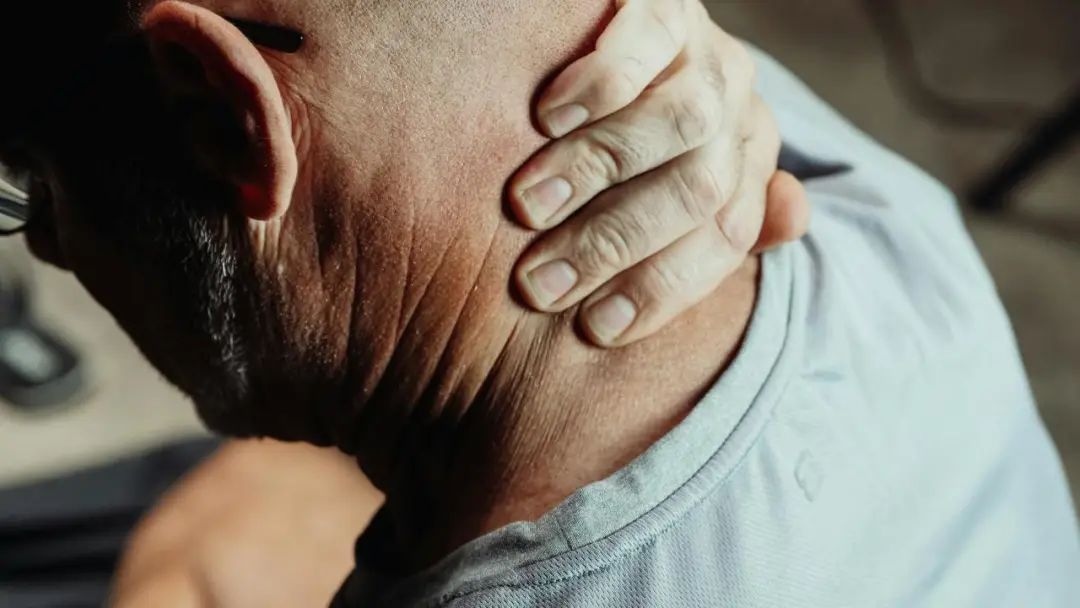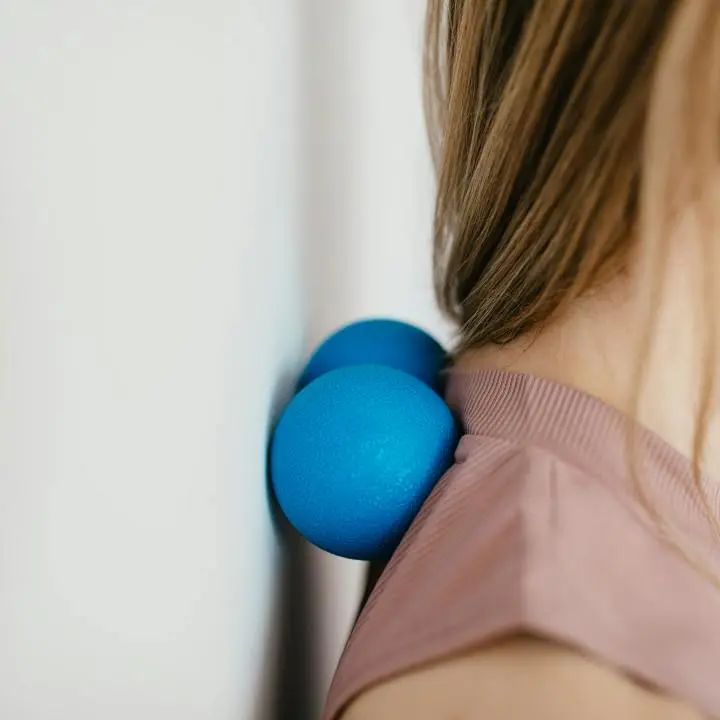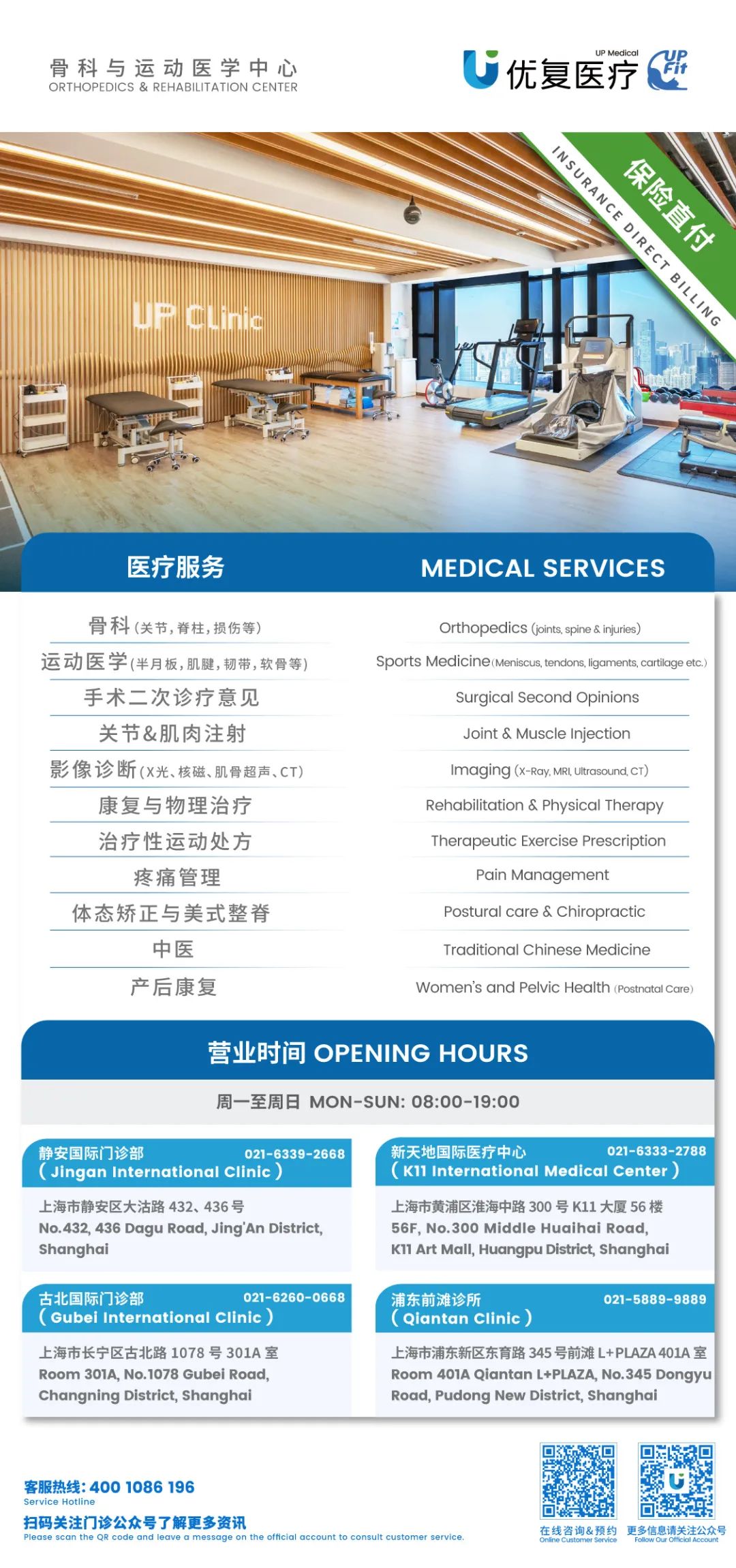What is Tech Neck?


We spend hours staring at our screens – from working on our computers to watching videos or playing games on our phones. And while we may think our posture is perfect, chances are the time spent looking at our devices is contributing to ‘tech neck’, causing tension in our shoulders and of course, neck.

About tech neck

Tech neck is a nickname given to the position we develop when we tilt our head forward for long periods to look at a screen. In a neutral position our head weighs roughly 5-6kg, but tilt that a few degrees forward and the strain increases, a lot! Now think about the tilt of your head when you’re talking face to face with someone, versus looking at a laptop versus looking downwards at a phone screen. If it’s hovering closer to a 60 degree angle, the weight bearing is more equal to about 27kg! Over time that extra weight stresses the neck muscles, causing tension to your shoulders and making back pain worse.

Some symptoms

✅ Aches and stiffness in the neck, shoulders and upper back.
✅ Headaches caused by tight muscles in the base of the skull and neck.
✅ Reduced mobility, especially when trying to look up towards the ceiling.
✅ Tingling or numbness in the arms or hands as a result of compressed nerves.



▍So what can you do about this?

1️⃣ Well for starters, reduce screen time! Of course there’s only so much you can do when it involves your work, but think about how often you look DOWN at your phone. Do you really need to walk and watch or could you walk and listen during your commute?
2️⃣ Practice better ergonomics. Your screen position should be at eye level. If it’s not you could consider to get an adjustment for your laptop or screen, check your chair height or even consider a standing desk if that’s an option.
3️⃣ Add in a daily stretch routine or specific movements to help such as:
1. Chin Tuck – Stand or sit up tall. Focus on an object at eye level while slowly moving your head back over your shoulders and tuck your chin in. Gently guide the movement with your hand on your chin. Hold for 3 seconds then relax and return to the initial position. Repeat 5-10 times, 3 times per day.
2. Shoulder Blade Squeeze – In sitting or standing, tuck your chin in slightly and keep your spine tall. With your arms relaxed by your side squeeze your shoulder blades back, down and together. Hold for 3 seconds then relax and return to the initial position. Repeat 5-10 times, 3 times per day.
3. Wall Angels – Stand or sit on the floor with your back and buttocks against the wall. Position your shoulders and elbows in a 90-degree bend and place your head (chin in), shoulders, elbows and wrists against the wall or as close to the wall as you can. Keeping as much of the body as possible in contact with the wall, slowly slide your arms upward along the wall. Breath normally during movement and slowly return to the initial position. Repeat 10-15 times, 1-3 times per day.
4️⃣ Practice better ergonomics. Your screen position should be at eye level. If it’s not you could consider to get an adjustment for your laptop or screen, check your chair height or even consider a standing desk if that’s an option.
5️⃣ Consult a physio! If you’re really struggling and simple adjustments don’t seem to make much of a difference come into UP for an assessment. Our therapists can screen your posture and see if you’re putting unnecessary strain on certain parts of your body and give you a plan to help correct imbalances. This also includes checking and addressing scoliosis if that’s a concern of yours.
You shouldn’t be feeling pain on a regular basis just from sitting and doing your work; think about how much more comfortable, efficient and happier you would be if you were able to work without unnecessary stress on your body. Book an appointment at UP and start feeling better!

本篇文章来源于微信公众号: 上海优复康复医学门诊部

